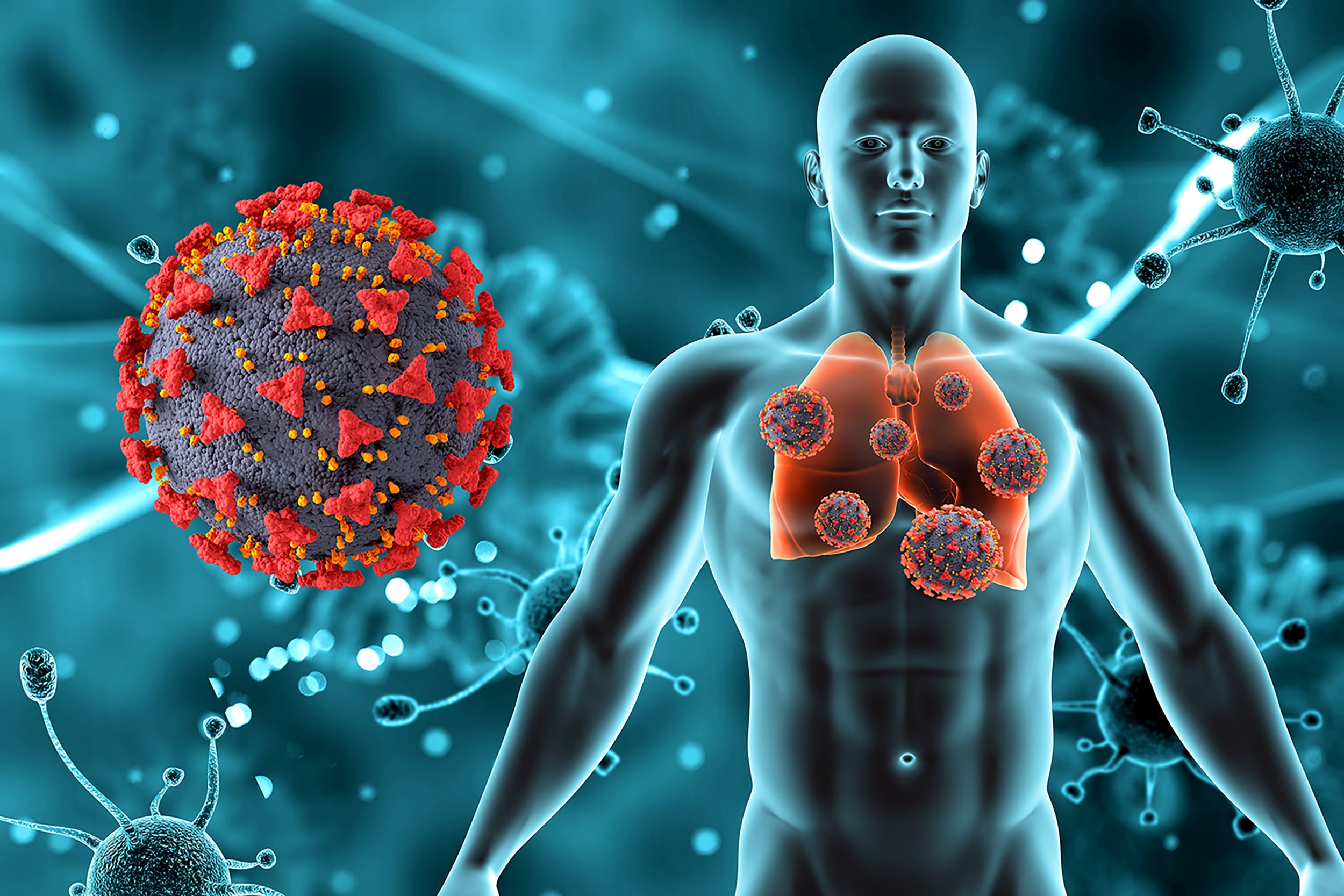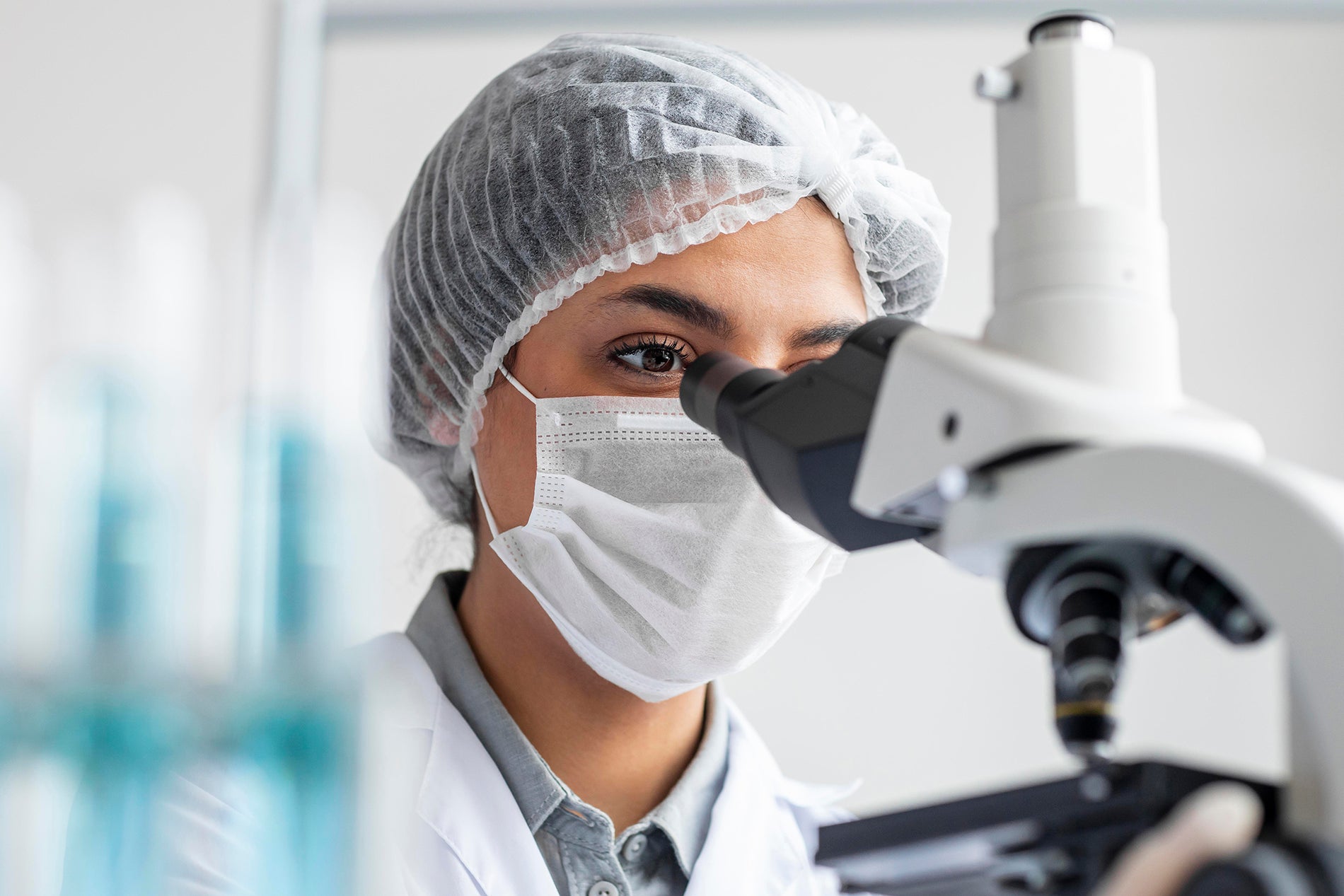Article: Inhalation of Microaerosolized Hypochlorous Acid (HOCl): Biochemical, Antimicrobial, and Pathological Assessment

Inhalation of Microaerosolized Hypochlorous Acid (HOCl): Biochemical, Antimicrobial, and Pathological Assessment
The Archives of Internal Medicine Research
July 8, 2022
Abstract
Evidence is emerging of the beneficial effects of inhaling microaerosolized hypochlorous acid (HOCl) as an intervention in the prevention and treatment of respiratory virus infections, including SARS CoV-2. However, little information is available about the safety and efficacy of exogenous HOCl solutions in laboratory cellular evaluations or experimental animals. In this report, we establish through independent laboratories that the SARS-CoV-2 virus is rapidly inactivated by exposure to HOCl, as is poliovirus – a far more difficult virus to inactivate and often the gold standard for virucidal assessment.
Introduction
Amid the sudden onset of the COVID-19 pandemic and early uncertainties about the mode of transmission, regulatory authorities globally were pressed to make recommendations about environmental disinfection measures. They searched for biocidal formulations already registered and approved that might inactivate coronaviruses and many were found. The global scale and pervasive protocols rapidly reached unprecedented levels. Janitorial staff, healthcare professionals, and members of the public have now been, sometimes involuntarily, exposed to aerosolized biocides at concentrations and dispensing frequencies far beyond conventional use patterns [1, 2]. . . In keeping with that expansion, hypochlorous acid (HOCl), a highly effective virucide [3] was entered into the EPA’s List N for use in disinfection against the pandemic coronavirus. That inclusion led to significantly increased human exposures to aerosolized HOCl. There were no reports in the literature about such HOCl inhalation exposure, and that gap led to this research.

